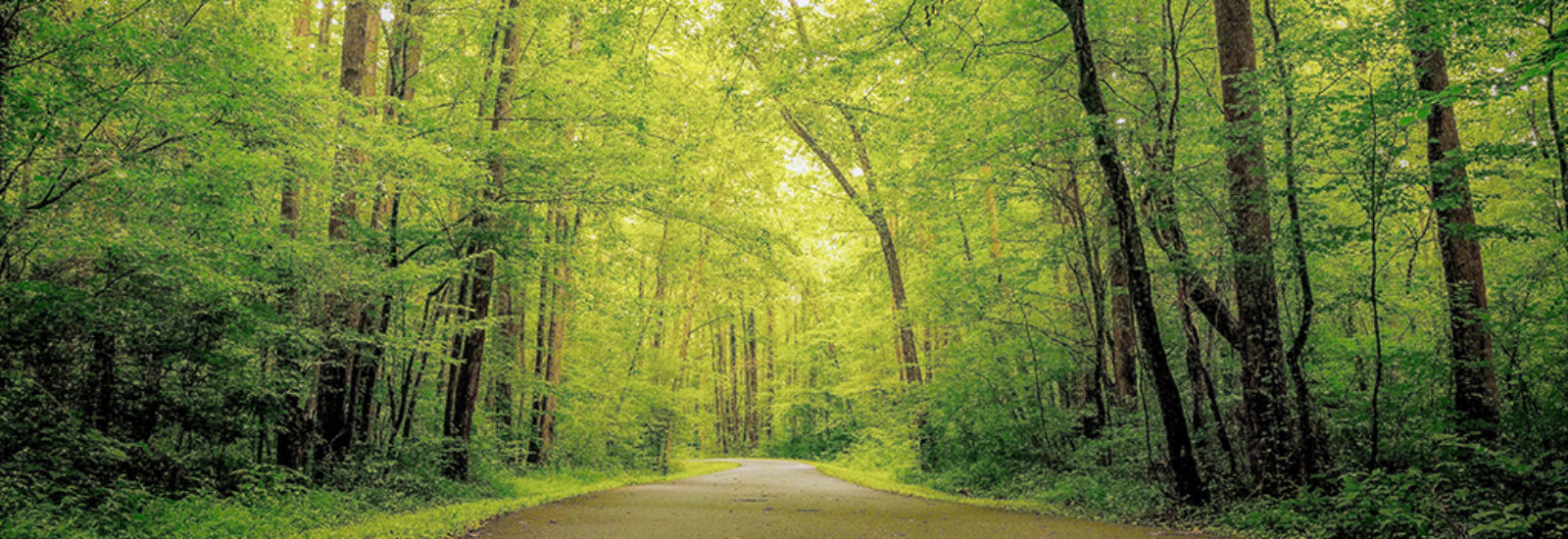Discovering the World’s Best Woods: Nature’s Most Majestic Forests
The allure of the woods is universal. Across the globe, forests captivate us with their beauty, mystery, and the sense of calm they provide. Whether you’re a seasoned adventurer, a nature lover, or simply someone seeking solace from the hustle of daily life, certain woods stand out for their unique charm, biodiversity, and natural splendor. Here’s a look at some of the best woods in the world that every nature enthusiast should consider exploring.
1. Redwood National and State Parks, USA
Home to the tallest trees on Earth, the Redwood National and State Parks in California offer an unparalleled experience. Walking among these giant redwoods, some of which soar over 350 feet, feels like stepping into a prehistoric world. The dense canopy above, the earthy scent of the forest floor, and the gentle rustling of leaves create an atmosphere of awe and reverence. These ancient giants are not only breathtaking but also play a crucial role in the ecosystem, supporting diverse wildlife and maintaining the health of the forest.
2. Amazon Rainforest, South America
The Amazon Rainforest, often referred to as the “lungs of the Earth,” is the largest tropical rainforest in the world. Spanning across nine countries, it is a treasure trove of biodiversity. The sheer variety of flora and fauna here is staggering, with thousands of plant species, birds, mammals, and insects, many of which are found nowhere else on the planet. The Amazon is a place of incredible beauty and ecological significance, making it one of the best woods for those seeking a truly immersive nature experience.
3. Black Forest, Germany
The Black Forest in southwestern Germany is a place of enchanting beauty and folklore. Known for its dense woodlands, rolling hills, and charming villages, the Black Forest is a paradise for hikers and nature lovers. The forest’s name comes from the thick canopy of evergreens that block out much of the sunlight, giving it a mysterious, almost otherworldly atmosphere. The Black Forest is also steeped in history and legend, making it a fascinating destination for those who enjoy both nature and cultural exploration.
4. Daintree Rainforest, Australia
Located in Queensland, Australia, the Daintree Rainforest is one of the oldest rainforests in the world, dating back over 135 million years. This UNESCO World Heritage site is a living museum of ancient plants and animals, offering a glimpse into the Earth’s evolutionary past. The forest is characterized by its lush vegetation, towering trees, and the presence of unique wildlife such as the cassowary, a large flightless bird. The Daintree’s combination of biodiversity, ancient history, and stunning landscapes makes it one of the best woods to explore.
5. Yakushima Forest, Japan
Yakushima, a small island off the southern coast of Japan, is home to a forest that is often described as magical. The island’s ancient cedar trees, some of which are over 7,000 years old, create a mystical atmosphere that has inspired many, including the creators of Studio Ghibli’s Princess Mononoke. The forest is covered in lush moss and is often shrouded in mist, adding to its ethereal beauty. Yakushima’s forest is not only a visual wonder but also a testament to the enduring power of nature.
6. Tongass National Forest, USA
The Tongass National Forest in Alaska is the largest national forest in the United States, encompassing over 16.7 million acres. This temperate rainforest is a haven for outdoor enthusiasts, offering a diverse landscape that includes glaciers, fjords, and dense old-growth forests. The Tongass is home to a rich array of wildlife, including bears, bald eagles, and salmon. The sheer scale and unspoiled beauty of this forest make it one of the best woods for those seeking adventure in a pristine natural environment.
7. Monteverde Cloud Forest, Costa Rica
Nestled in the mountains of Costa Rica, the Monteverde Cloud Forest is a place of incredible biodiversity and ecological importance. The forest is frequently enveloped in clouds, creating a cool, misty environment that supports a rich variety of plant and animal life. Orchids, bromeliads, and mosses thrive in this unique habitat, and it’s one of the few places where you can spot the elusive resplendent quetzal, a bird revered in Central American culture. The Monteverde Cloud Forest is a must-visit for those interested in botany, birdwatching, and conservation.
8. Sinharaja Forest Reserve, Sri Lanka
Sinharaja Forest Reserve, a UNESCO World Heritage site in Sri Lanka, is the country’s last viable area of primary tropical rainforest. This dense, biodiverse forest is home to a number of endemic species, including birds, mammals, and reptiles. The name Sinharaja means “Lion King,” a nod to the mythical origins and the forest’s role as a protective barrier. The forest’s dense foliage, towering trees, and vibrant wildlife make it a gem for nature enthusiasts and a vital area for ecological research.
Conclusion
The best woods in the world are more than just collections of trees; they are vibrant ecosystems that offer a window into the natural world’s incredible diversity and beauty. Whether you seek the towering majesty of the redwoods, the ancient mystique of Yakushima, or the biodiversity of the Amazon, each of these forests provides a unique experience. They remind us of the importance of preserving these natural wonders for future generations to enjoy, learn from, and be inspired by. So, lace up your hiking boots, pack your sense of adventure, and explore the world’s best woods—each one is a journey into the heart of nature.
